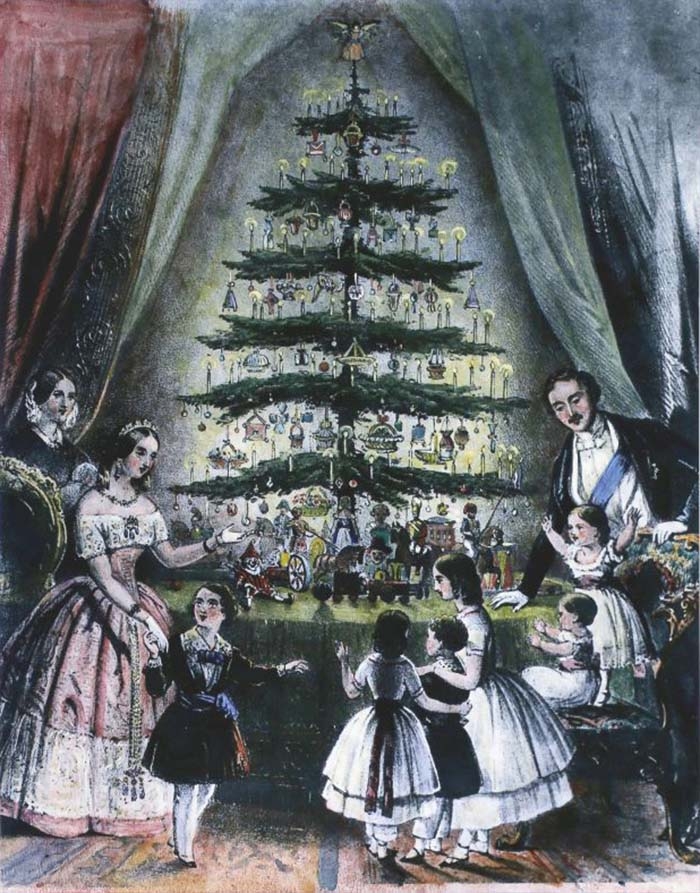
Christmas trees are a strange tradition, if you think about it: Every December, people in regions around the world head to the nearest forest, chop down a tree, drag it into their homes, adorn it with lights, baubles, and tinsel—then unceremoniously drag it to the curb in January.
But evergreen boughs have been essential seasonal decor since ancient times as part of pagan winter solstice celebrations. “Evergreens at midwinter festivals were traditional since the ancient world, signifying the victory of life and light over death and darkness,” writes Carole Cusack, professor of religious studies at the University of Sydney, in an email.
It’s difficult to pinpoint exactly when and where these pagan traditions morphed into the tradition as we know it: Several countries claim to be the birthplace of the Christmas tree, and there are competing mythologies that seek to explain what it all means. But while Christmas trees appear around the world, their origins are traced to regions with abundant evergreen forests—especially those in northern Europe. Here’s a look at how the Christmas tree evolved into a modern icon—and inspired new customs along the way.
Read the full story at National Geographic | Travel.



